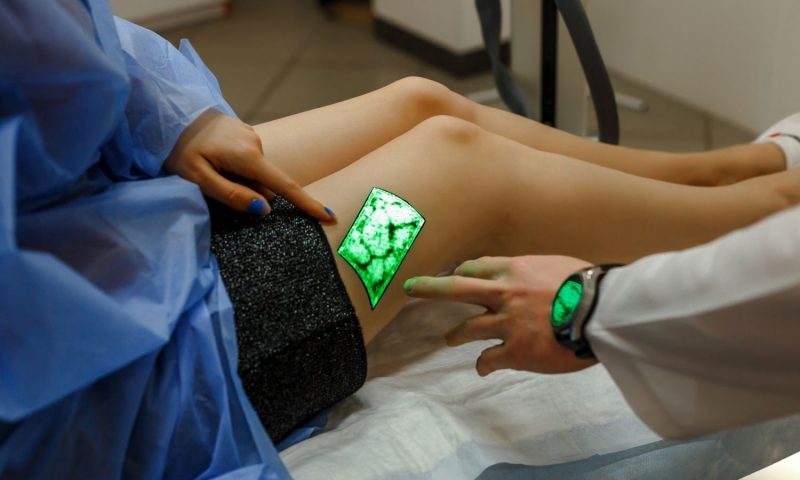Have you ever wondered what the different methods of non-destructive inspection are? Explore the most common methods and learn the advantages of each.
Non-destructive inspection is an essential step in manufacturing. Through our techniques and technology for crafting components is ever-improving, there’s always a small chance of minor and hard-to-spot flaws. Occasionally hairline cracks and stress points can even exist within a seemingly sturdy and solid-looking part. To find these flaws, engineers use the different methods of non-destructive inspection. Many forms exist, but a few more common types include liquid penetration, ultrasonic, visual testing, and magnetic particle testing.
Liquid Penetration Testing
Liquid penetration testing is an extremely reliable method commonly used in manufacturing. Liquid penetration is easy to perform and understand. Typically, a highly visible opaque dye is evenly sprayed across a cast item’s surface. When the excess dye is wiped away, any flaws are revealed, as they will retain the dye. Phosphorescent dye is also used, which allows an item to be inspected under a black light. Flaws glow in a hard-to-miss manner, making this type of inspection very efficient.
Ultrasonic Testing
Much in the same way sound waves can be used to detect and visualize deep-sea objects, ultrasonic detection is also effective in manufacturing. High-frequency sound waves are projected into the test piece. If no flaws exist, the waves will travel from end to end. If there is a flaw, the sound waves will reflect at that point, making it easy to pinpoint. It’s a reliable method for a variety of materials as well, including plastics, metals, and ceramics.
Visual Testing
Naturally, the different methods of non-destructive inspection also include the all-important human element. While many advanced techniques are very effective, nothing is as sure as a visual check made by a real person. Typically, items that can be handled will be inspected with no tools other than intelligence and sight. In the case of irregular-shaped items or items with interiors in need of inspection, cameras such as borescopes greatly aid in non-destructive testing.
Magnetic Particle Testing
For any metal object, magnetism is an ideal way to check for flaws. The piece to be tested must have a magnetic field induced, usually using an electromagnetic generator. Once this is accomplished, magnetic particles suspended in a fluid are poured over the test piece. The particles are treated to react to UV light as well to make the results more visible. Even so, the gathering of particles in even hairline flaws creates a visible dark mark.
